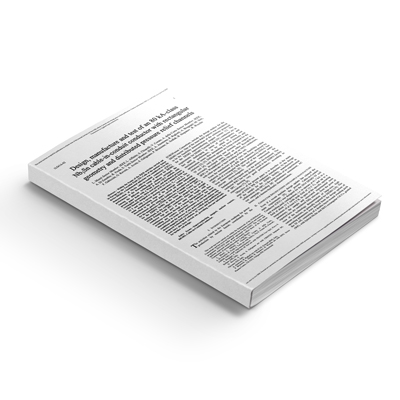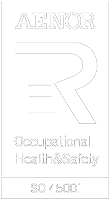This publication, the full title of which is “Design, manufacture and test of an 80 kA-class Nb3Sn cable-in-conduit conductor with rectangular geometry and distributed pressure relief channels”, was published by the IEEE, the world’s largest technical professional organisation for the advancement of technology.
The paper explores one of the possible solutions that have been taken into account within the frame of the R&D activities carried out in Europe for the toroidal field coils of the nuclear fusion device DEMO. Among its authors the paper lists Ing. Albano Bragagni, President of Tratos, Massimo Seri and Fabio Gabiccini, Tratos members.
Abstract: Within the frame of the R&D activities carried out in Europe for the Toroidal Field (TF) Coils of the nuclear fusion device DEMO, a fundamental milestone was considered to be the demonstration of Nb3Sn cable-in-conduit conductors (CICC) performance in the demanding range of interest for DEMO. Among the different technological solutions envisaged, the present paper deals with a Wind & React CICC solution, with rectangular geometry, thick steel jacket, and distributed pressure relief channel, designed to operate at 82 kA in a magnetic field of 13 T and with a current sharing temperature Tcs > 6.5 K. The main manufacturing steps of the prototype conductor are described in the present paper, carried out within industrial environment, partly using the facilities and procedures available for the manufacture of ITER conductors. A sample was designed for the EDIPO facility at the Swiss Plasma Center (SPC), Switzerland, in the configuration usually adopted for the test of ITER Poloidal Field (PF) conductors, where the two straight conductor legs are part of the same cable length, with a continuous transition through a bottom hairpin-type joint, thus avoiding any resistive connection. The conductor has been characterized in terms of DC performance at relevant operating conditions and the absence of any performance degradation with electro-magnetic load cycles has been verified, thus qualifying the proposed technological solution. AC losses and thermo-hydraulic tests have also been carried out, providing relevant information for further coil design.
The paper was published in the IEEE Transactions on Applied Superconductivity (Volume: 27, Issue: 4, June 2017).










